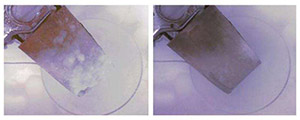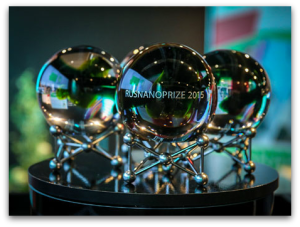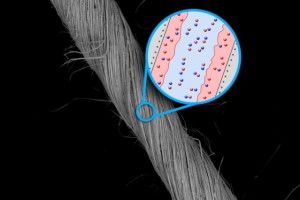Bruce Weisman, chemistry and materials science professor at Rice University, is internationally recognized for his contributions to the spectroscopy and photophysics of carbon nanostructures. He is a pioneer in the field of spectroscopy, leading the discovery and interpretation of near-infrared fluorescence for semiconducting carbon nanotubes. Aside from his work at Rice University, Weisman is also the founder and president of Applied NanoFluorescence.
Weisman is currently the Division Chair of the ECS Nanocarbons Division, which will be celebrating 25 years of nanocarbons symposia at the upcoming 229th ECS Meeting in San Diego, CA, May 2016. Since starting in 1991, the symposia has totaled 5,853 abstracts at ECS biannual meetings, with Nobel Laureate Richard Smalley delivering the inaugural talk.
Listen to the podcast and download this episode and others for free through the iTunes Store, SoundCloud, or our RSS Feed. You can also find us on Stitcher.




